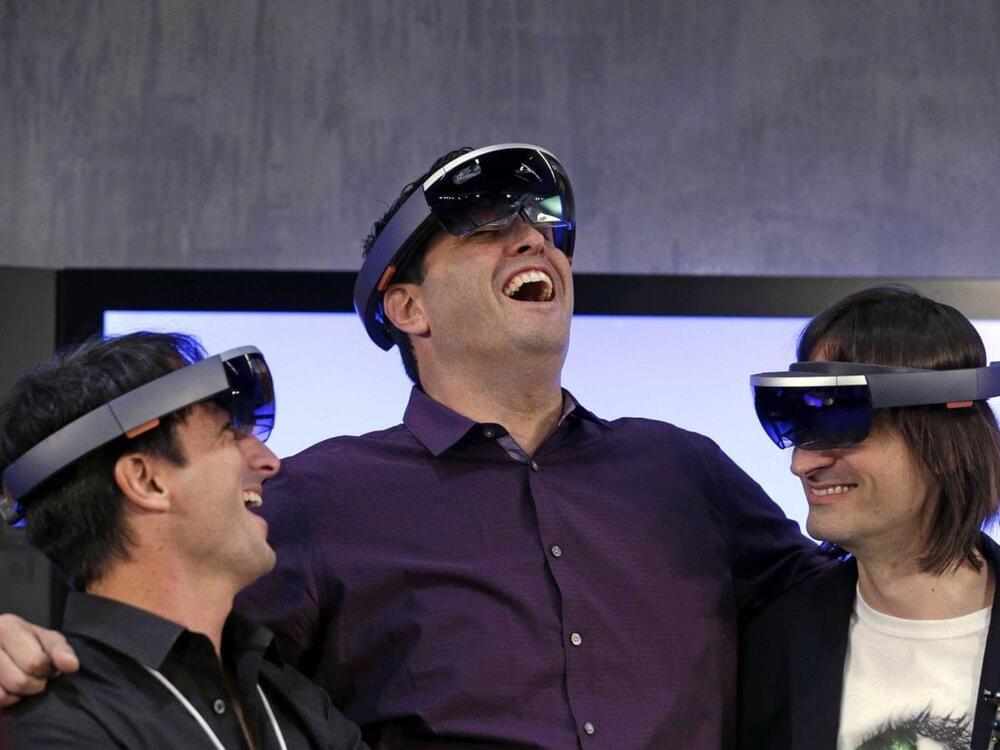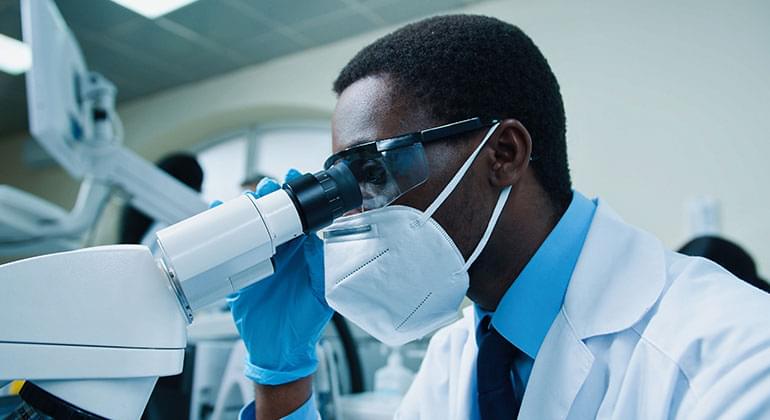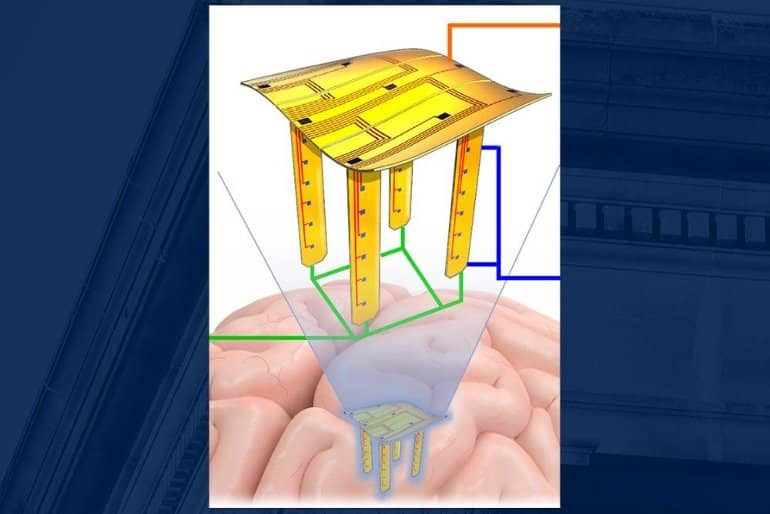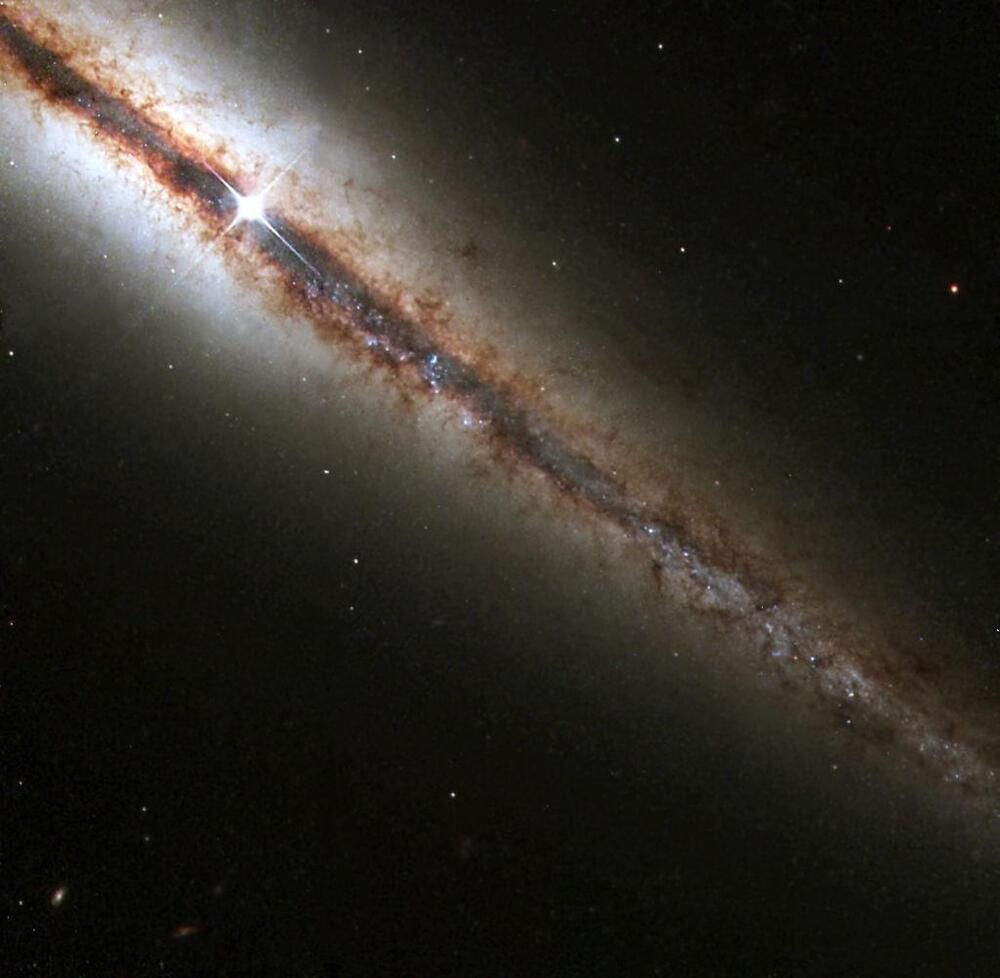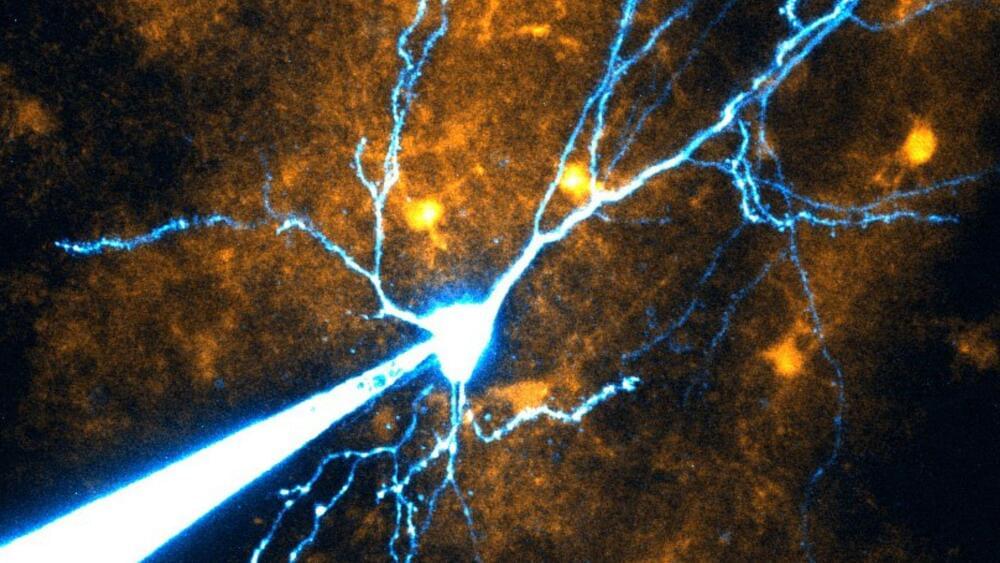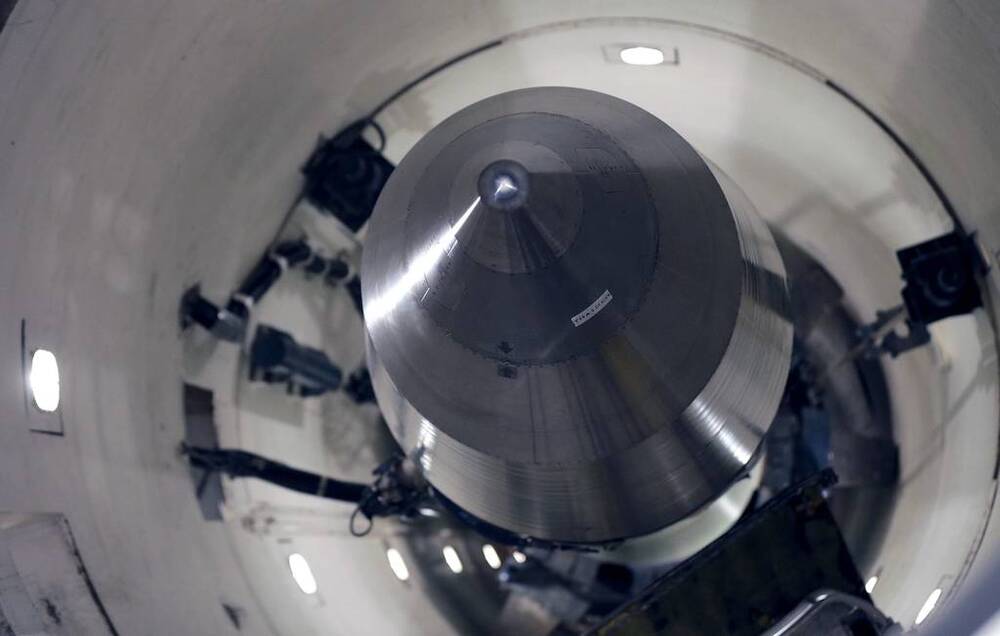In the latest update on the massive Microsoft layoffs, it seems Redmond has gutted the teams behind HoloLens and Mixed Reality.
When Elon Musk posed the question to his Twitter followers as to whether or not he should resign as CEO, the majority of voters chose the latter option.
As a consequence of the poll’s findings, a number of potential candidates have been proposed to succeed Musk as Twitter’s CEO, but if popularity were a deciding factor, MrBeast would emerge as the clear victor.
His tweet proposing himself for the position has almost a million likes as of this writing, and he has ambitious aspirations for where he would lead the social networking site.
New York, NY (December 12, 2022) A new therapy that makes the immune system kill bone marrow cancer cells was successful in as many as 73 percent of patients in two clinical trials, according to researchers from The Tisch Cancer Institute at the Icahn School of Medicine at Mount Sinai.
The therapy, known as a bispecific antibody, binds to both T cells and multiple myeloma cells and directs the T cells—white blood cells that can be enlisted to fight off diseases—to kill multiple myeloma cells. The researchers described this strategy as “bringing your army right to the enemy.”
The success of the off-the-shelf immunotherapy, called talquetamab, was even seen in patients whose cancer was resistant to all approved multiple myeloma therapies. It uses a different target than other approved therapies: a receptor expressed on the surface of cancer cells known as GPRC5D.
Summary: A new brain mapping study reveals a neural network in cuttlefish that involves chemosensory function and body pattern control which the cuttlefish utilize for foraging and camouflage.
Source: University of Queensland
New mapping of the cuttlefish brain could explain how, and why, the marine animal employs its distinct camouflage ability according to researchers from The University of Queensland (UQ).
The Exercise That Prolongs Life
Posted in health
Seems like a good fit for this group:
Thanks to YOGABODY Teachers College http://www.yogabody.com/iha for sponsoring this video. Check out their science-based, online yoga certification courses.
The Exercise That Prolongs Life.
In this video, Jonathan from the Institute of Human Anatomy discusses a type of high intensity exercise, how to do it, and how often you should incorporate it into your workout routine. He also discusses the relevant anatomy and the physiological adaptations and benefits on the heart and other cardiovascular structures.
Cool Stuff.
Source: Penn State
Understanding the neural interface within the brain is critical to understanding aging, learning, disease progression and more. Existing methods for studying neurons in animal brains to better understand human brains, however, all carry limitations, from being too invasive to not detecting enough information.
A newly developed, pop-up electrode device could gather more in-depth information about individual neurons and their interactions with each other while limiting the potential for brain tissue damage.
Bonn University.
These specialized cells, once thought to merely insulate nerve fibers or maintain proper operating conditions for neurons, are now believed to play a significant role when it comes to understanding our surroundings. This breakthrough discovery was reported in the journal Nature Communications.
A new study identifies cells that are the most vulnerable within a brain structure involved in mood and movement.
Nine military officers who had worked decades ago at a nuclear missile base in Montana have been diagnosed with blood cancer and there are “indications” the disease may be linked to their service, according to military briefing slides obtained by The Associated Press. One of the officers has died.
All of the officers, known as missileers, were assigned as many as 25 years ago to Malmstrom Air Force Base, home to a vast field of 150 Minuteman III intercontinental ballistic missile silos. The nine officers were diagnosed with non-Hodgkin lymphoma, according to a January briefing by U.S. Space Force Lt. Col. Daniel Sebeck.
Missileers ride caged elevators deep underground into a small operations bunker encased in a thick wall of concrete and steel. They remain there sometimes for days, ready to turn the launch keys if ordered to by the president.
